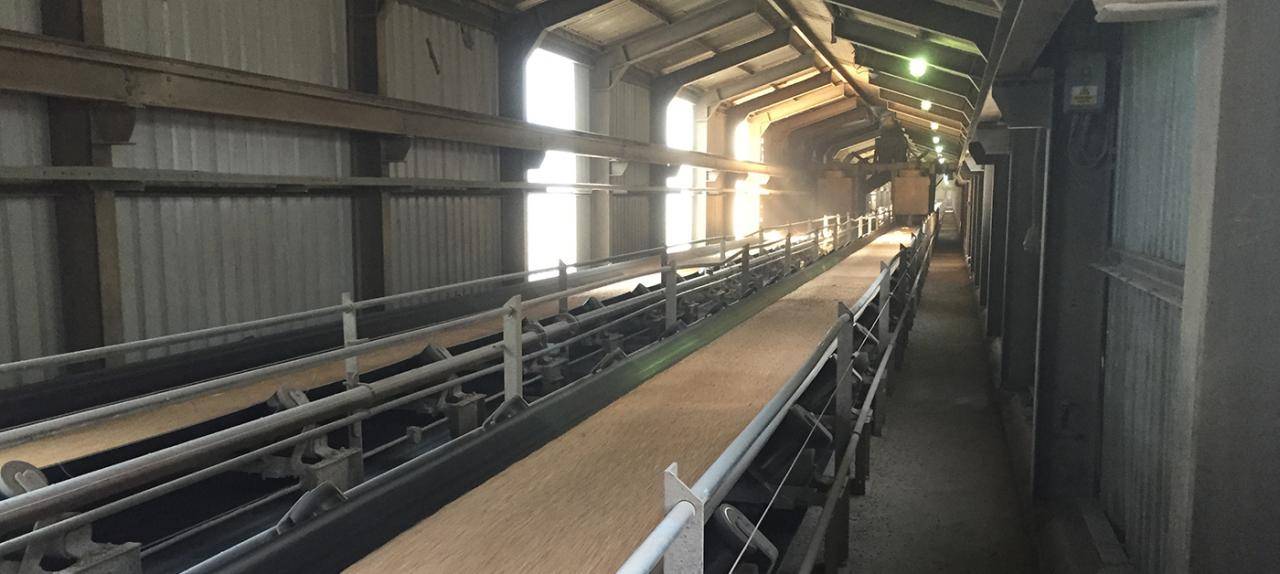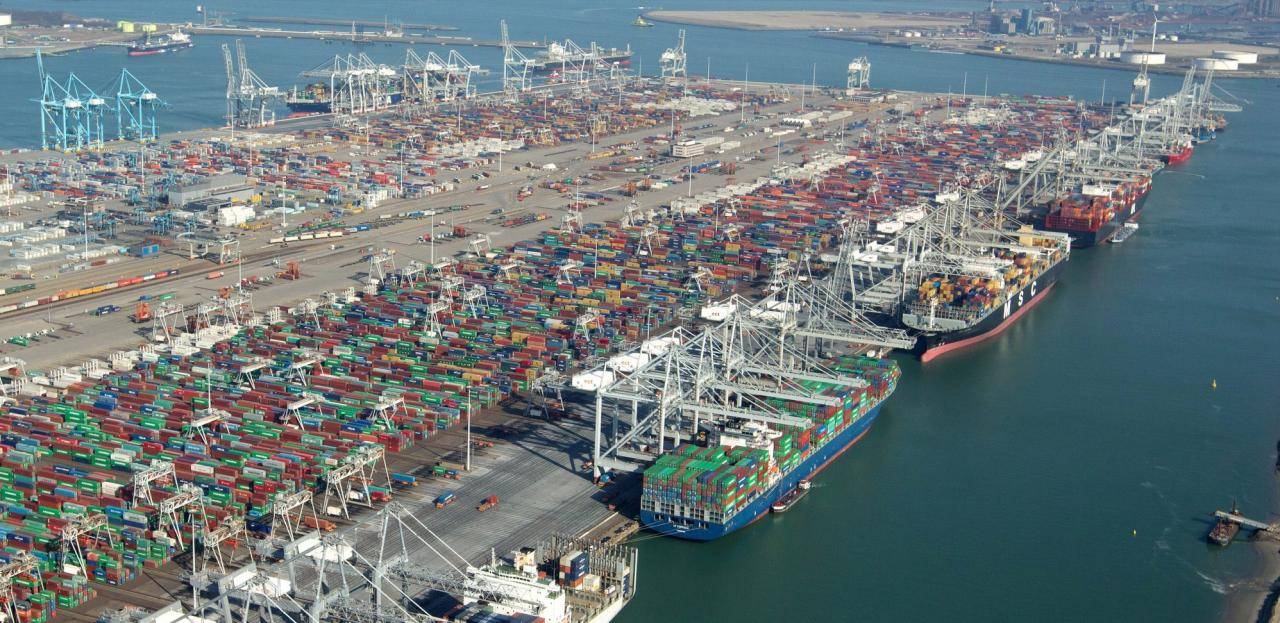TOS for Break Bulk and General Cargo – Finding the Sweet Spot
Summary
Various factors have led to Break Bulk and General Cargo terminals having disparate processes, focussed on turning around ships as quickly as possible then mopping up the data capture afterwards. This creates several challenges such as confirming the manifest, recording pre-damaged cargo, and locating the cargo in the warehouse. However, implementing data capture in the field, which solves these problems, is a significant change management exercise, which can make or break a project. Therefore, a preparedness to customise to find the best balance for every application can be the best approach to guarantee success.
The Problem
When selecting a TOS many terminals try to take a standardised approach, using software developed for other industries and work hard to make it fit to the operational parameters of a break bulk or general cargo operation. This may work to some extent but rarely does the solution fully deliver the results that drove the initial purchase.
So, what is the real issue? Why does the standardised option fail to deliver in break bulk and general cargo terminals?
Let’s look at a close relative of the break bulk and general cargo sector – container terminals.
When we consider container operations, we typically have several immovable objects, which force stakeholders down a standardised path to digitisation. It is not uncommon to find the following:
- Standard dimensions of containers standardise storage rules.
- Standard EDI messaging
- Standard type and position of container numbers facilitates easy reading by OCR systems.
- The terminal can operate efficiently without needing to know the details of the container contents.
In comparison typical Break Bulk/GC terminals have the following traits:
- No standard EDI, just bespoke point to point messaging (if you are lucky) or worse, just a spreadsheet OR even worse, a fax! Cargo manifests especially can be very large, variable in format and unavailable in any usable format.
- Cargo comes in many shapes and sizes with multiple storage criteria for example, indoor/outdoor, hazardous/non-hazardous, limited stack height, multi-tier and changeable ownership structures.
- Cargo identification is variable, from colour marks to RFID tags and everything in between but never positioned to make the stevedores life easy.
- Cargo may need to be consolidated, de-consolidated, conditioned, repacked, quarantined, FIFO, LIFO,
To further add to the challenge terminals are often in a very competitive environment (you only need a warehouse and a few forklifts to play the game) with short term contracts restricting the possibilities for investment.
A Typical System Solution
To manage this environment many terminals have implemented software to handle their inventory, often a Warehouse Management System, which addresses the core aspects of stock recording and gate management without ever introducing process improvements or optimisation.
This is acceptable to many terminal operators because it also avoids the difficult issue of data capture at the quay during discharge. The upside of this approach is that it allows stevedores to unload cargo in the most expedient way possible, often leaving the checking against the manifest until the cargo is already in the warehouse. The downsides of this approach are numerous:
- No real time performance data or progress reporting.
- Having to find cargo in the warehouse after unloading.
- Not validating the manifest until the vessel has sailed.
- Not recording damages at the point of receipt.
- Delay in customs clearance.
- A large team of back office administrators performing data entry.

Establishing an Optimal TOS
The first “must” is to electronically import the cargo manifest (In a usable form) into the system. If you are not able to solve this problem, you simply can’t overcome the burden of manual data entry. The optimal answer is EDI (remember there are no standard messages) with an Excel uploader being a less efficient compromise. To establish an effective EDI environment will require effort involving numerous parties. Ideally the TOS has a standard API connector which can be mapped to various customer systems using a tool such as Dell Boomi but customers still have to buy into the investment on their side and work to ensure the data is consistent.
The next must is to decide on an approach to data capture, which allows the terminal to optimise the whole operation, not just the quayside. We talk about finding the Data Capture “Sweet Spot”, where the effort required to capture is balanced with the business improvements facilitated by the data.

In all process areas the terminal needs to assess the balance between:
- Using the TOS’ standard workflows at the cost of changes to working practices.
- Adapting the TOS workflows to reach a compromise, which is easier for users to adopt.
Mobile applications are easier to customise than the core product and the cost/risk of customisation here can be worthwhile to facilitate buy in.
If union labour is utilised, then data capture on the quayside using mobile devices may be hindered by the Luddite rules of the union. However, if it is possible to scan as the cargo comes off the hook, then grasping the nettle of introducing this process needs to be explained to the stevedoring gangs as the improvements in all areas behind the quayside more than compensate for the extra task.
It is also beneficial to scan cargo into location at the time of placing it rather than placing it first then going to find it later.
Ultimately, if the terminal wishes to minimise double handling, capture all billable events, reduce the back-office burden and establish continuous improvement strategies data capture must move into the operational areas. This will require changes in working practice and therefore Change Management needs to be a key function of an implementation project. Our experience teaches us that following activities will help to support the acceptance of change required for a successful implementation:
- The establishment of explicit goals which act as a reference point for all stakeholders during the project. For example:
“We are implementing a TOS because we want to know which cargo is left to unload from the ship in real time so that we can update our customers and more accurately predict vessel completion. This will improve our customer service and allow us to win more business.”
- Take time at the conceptual stage to understand what needs to change and what must stay the same. Consider customisation based on this assessment but be aware that going beyond an 80/20 standard to customised ratio will make the project more difficult.
- Work with your customers to establish effective integration with their systems. The benefits are mutual, but they will need a budget, so you need to sell the improvements to them.
- Ensure that you sweat your new TOS asset to deliver the best returns for the business. Understand the business case before you start and test for success.
Conclusion
Too many terminals fail to maximise their software assets because they set out to find a product to support their “as is” processes without understanding what is possible.
Of course, managing the inventory is important but this alone won’t deliver a strong return on investment.
TOS providers have a key role to play in demonstrating what can be achieved but making a step change in business improvement requires a collaborative approach, advocated by senior management but understood and supported at all levels of the business.
David Trueman, Managing Director, TBA Group
About the Author:
David Trueman, a managing director at TBA Group, has over 20 years of experience in delivering solutions to the bulk, breakbulk and general cargo sector. His understanding of the challenges faced within the sector led his organisation to develop CommTrac, an award-winning Terminal Operating System, which has been designed to empower clients to drive optimisation strategies, increase operational performance and improve competitiveness.
Share this
You May Also Like
These Related Stories

Handling of solid biomass from the perspective of dry bulk terminals

The reach of 'freemium' software

